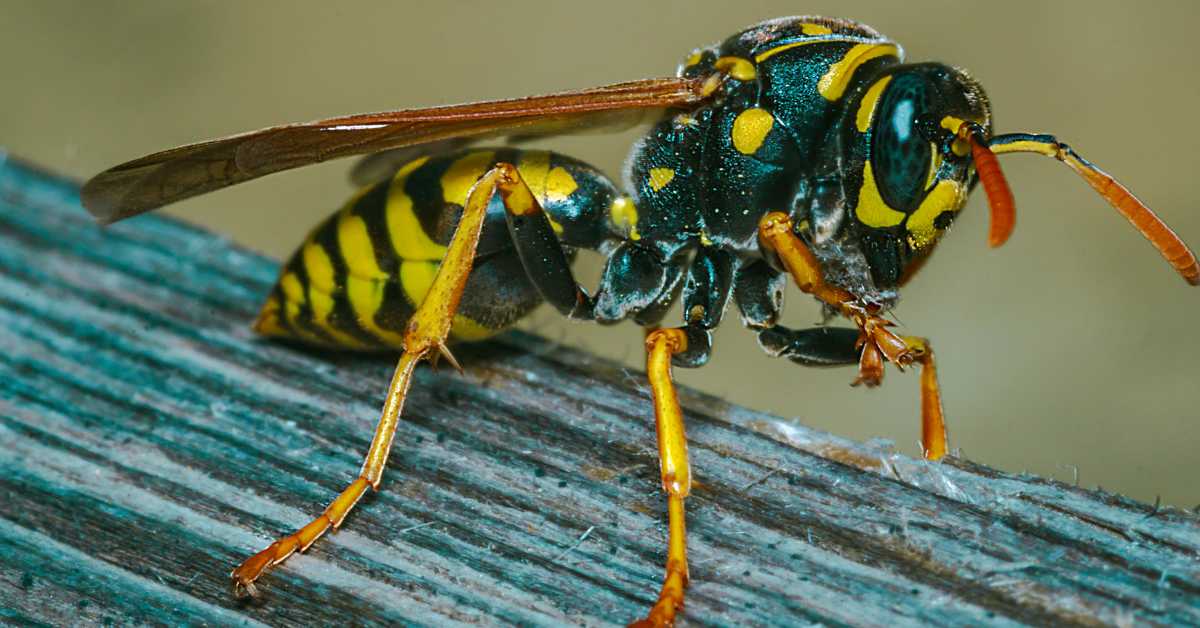The world’s largest hornet, Vespa mandarinia, has been causing concerns among environmentalists and beekeepers since it was discovered in the Pacific Northwest in 2019. Known for its size, painful sting, and ability to decimate hives in mere hours, the insect has been popularly referred to as the “Asian giant hornet” or the “murder hornet.” However, the Entomological Society of America (E.S.A.) has recently introduced a new common name for the species: the Northern giant hornet.
Dr. Chris Looney, an entomologist at the Washington State Department of Agriculture, wrote the official proposal for the name change. He cited reasons such as the rise of anti-Asian hate crimes during the COVID-19 pandemic and the potential for the hornet’s previous names to perpetuate negative stereotypes and anti-Asian sentiments.
Dr. Jessica Ware, an entomologist, and president of the E.S.A., mentioned that the previous names were not very descriptive, as many giant hornets come from Asia, and the insects are not known for murdering people. The Northern giant hornet is not aggressive towards humans, and its behavior when targeting other insects is not accurately described as murderous.
The name change is part of the E.S.A.’s Better Common Names Project, launched in 2021, which aims to improve communication between scientists and the public. The project’s task force has also been responsible for renaming other species, such as the Lymantria dispar, now known as the spongy moth, whose previous common name contained a derogatory term.
Dr. Akito Kawahara, an entomologist at the Florida Museum of Natural History, supports the hornet’s name change, emphasizing the importance of avoiding names linked to specific races or regions. He mentions that invasive organisms with names connected to certain countries or regions can lead to the vilification of the species.
The Northern giant hornet’s new name aims to reduce fear and stigma associated with the insect, while also promoting more accurate understanding and communication about the species.

